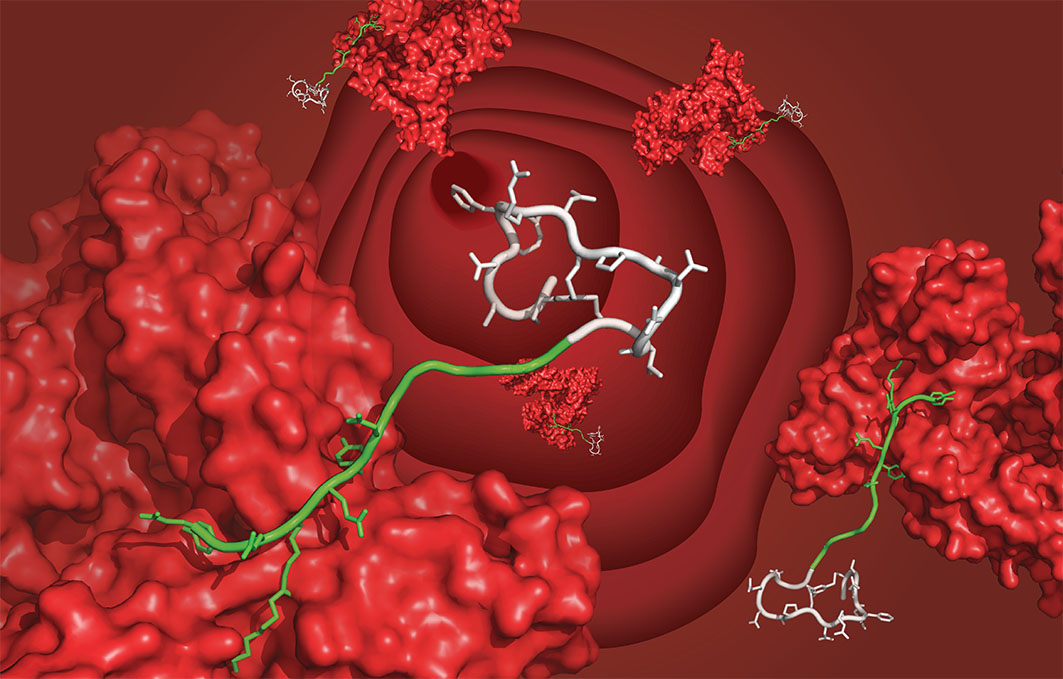
Technically, any protein-based drug is a “therapeutic protein,” but the term was first used to describe medicines that are genetically engineered versions of naturally occurring human proteins. A protein is a large molecule comprised of a long chain of amino acids that are folded into a three-dimensional shape. Therapeutic proteins can be used to replace a protein that is abnormal or deficient in a particular disease. Proteins, e.g., albumin from egg whites, blood serum albumin, fibrin, and wheat gluten, were recognized in the eighteenth century as biological molecules with distinct properties mostly by their ability to coagulate under treatments with heat or acid. The term “protein” to describe these molecules was proposed in 1838 by Jöns Jakob Berzelius—from French protéine and German Protein originated from Greek πρωτε˜ιος (primary) derived from πρwτος ( first, foremost, in time, place, order, or importance). Therapeutic proteins are quite diverse in the application treatments, such as human insulin for diabetes, erythropoietin for anemia and chronic renal failure, interferon-beta and gamma for cancer, DNase for pulmonary treatment, vaccines for Hepatitis B, Interleukin-2 for AIDS, Prourokinase for heart attacks, tissue plasminogen activator (enzyme) for strokes, and in many different kinds of monoclonal antibodies for diagnosis and possible treatment of breast and lung cancers, and in a variety of diagnostics, to name just a few. Most protein therapeutics currently on the market are recombinant and hundreds of them are in clinical trials for therapy of cancers, immune disorders, infections, and other diseases. New engineered proteins, including bispecific mAbs and multispecific fusion proteins, mAbs conjugated with small molecule drugs, and proteins with optimized pharmacokinetics, are currently under development. However, in the last several decades, there are no conceptually new methodological developments comparable, e.g., to genetic engineering leading to the development of recombinant therapeutic proteins. It appears that a paradigm change in methodologies and understanding of mechanisms is needed to overcome major challenges, including resistance to therapy, access to targets, complexity of biological systems, and individual variations. References: 1. https://www.amgenscience.com/items/therapeutic-proteins/ 2. Dimitrov, D. S. (2012). Therapeutic Proteins. Therapeutic Proteins, 1–26. 3. https://www.sciencedirect.com/topics/biochemistry-genetics-and-molecular-biology/therapeutic-protein By Garibli A.
If this page is in your subscriptions, then it will be removed. You will not see this page. If you want to unblock a user, go to the settings, the list of blocked users and click unblock